Kai-Hung Chang
Autodesk Research
Building-GAN: Graph-Conditioned Architectural Volumetric Design Generation
Apr 27, 2021
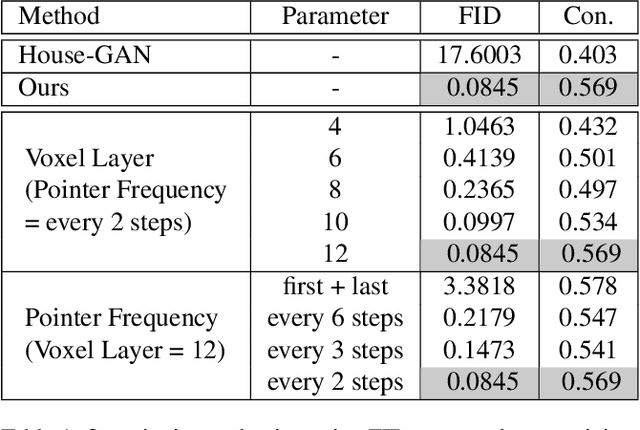
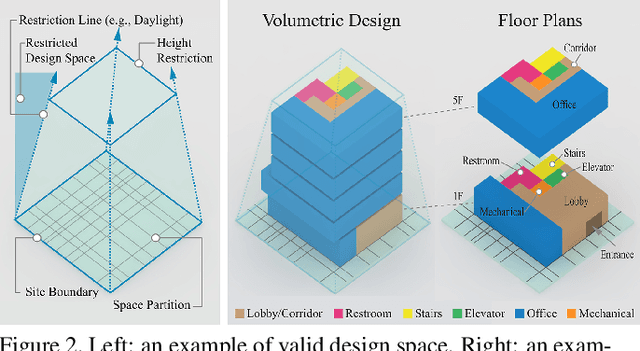
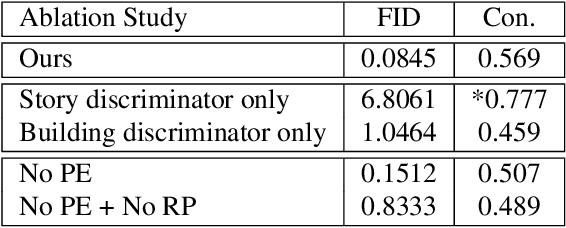
Abstract:Volumetric design is the first and critical step for professional building design, where architects not only depict the rough 3D geometry of the building but also specify the programs to form a 2D layout on each floor. Though 2D layout generation for a single story has been widely studied, there is no developed method for multi-story buildings. This paper focuses on volumetric design generation conditioned on an input program graph. Instead of outputting dense 3D voxels, we propose a new 3D representation named voxel graph that is both compact and expressive for building geometries. Our generator is a cross-modal graph neural network that uses a pointer mechanism to connect the input program graph and the output voxel graph, and the whole pipeline is trained using the adversarial framework. The generated designs are evaluated qualitatively by a user study and quantitatively using three metrics: quality, diversity, and connectivity accuracy. We show that our model generates realistic 3D volumetric designs and outperforms previous methods and baselines.
House-GAN++: Generative Adversarial Layout Refinement Networks
Mar 03, 2021

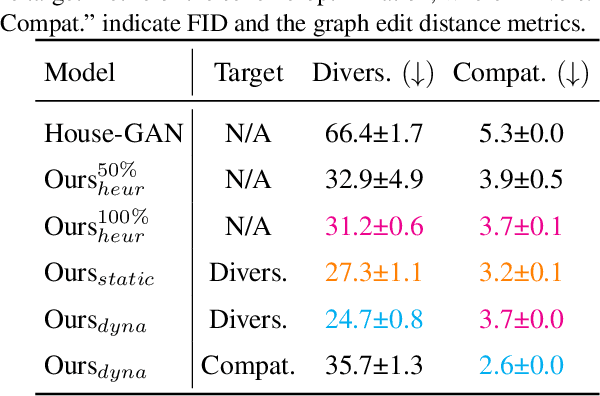

Abstract:This paper proposes a novel generative adversarial layout refinement network for automated floorplan generation. Our architecture is an integration of a graph-constrained relational GAN and a conditional GAN, where a previously generated layout becomes the next input constraint, enabling iterative refinement. A surprising discovery of our research is that a simple non-iterative training process, dubbed component-wise GT-conditioning, is effective in learning such a generator. The iterative generator also creates a new opportunity in further improving a metric of choice via meta-optimization techniques by controlling when to pass which input constraints during iterative layout refinement. Our qualitative and quantitative evaluation based on the three standard metrics demonstrate that the proposed system makes significant improvements over the current state-of-the-art, even competitive against the ground-truth floorplans, designed by professional architects.
Learning to simulate and design for structural engineering
Mar 20, 2020
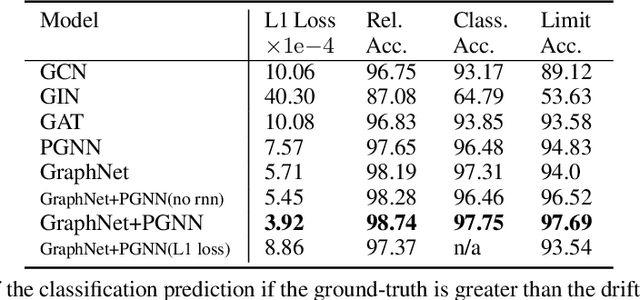


Abstract:In the architecture and construction industries, structural design for large buildings has always been laborious, time-consuming, and difficult to optimize. It is an iterative process that involves two steps: analyzing the current structural design by a slow and computationally expensive simulation, and then manually revising the design based on professional experience and rules. In this work, we propose an end-to-end learning pipeline to solve the size design optimization problem, which is to design the optimal cross-sections for columns and beams, given the design objectives and building code as constraints. We pre-train a graph neural network as a surrogate model to not only replace the structural simulation for speed but also use its differentiable nature to provide gradient signals to the other graph neural network for size optimization. Our results show that the pre-trained surrogate model can predict simulation results accurately, and the trained optimization model demonstrates the capability of designing convincing cross-section designs for buildings under various scenarios.
House-GAN: Relational Generative Adversarial Networks for Graph-constrained House Layout Generation
Mar 16, 2020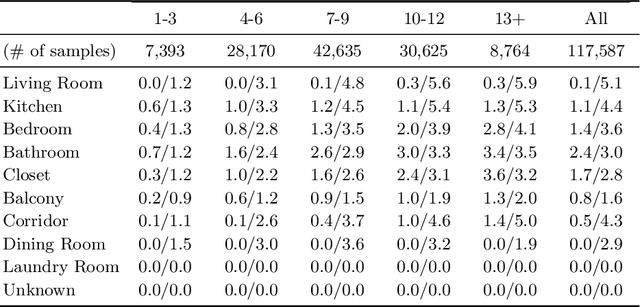
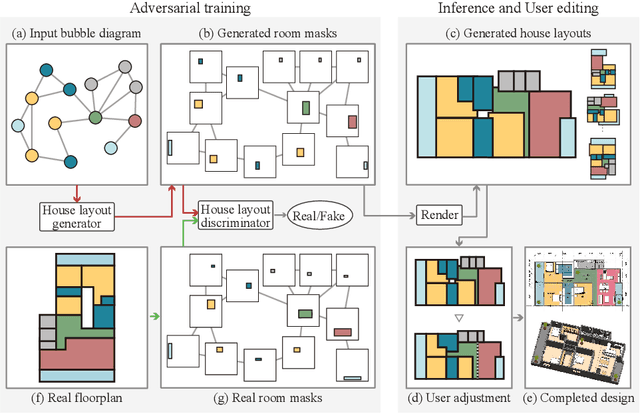

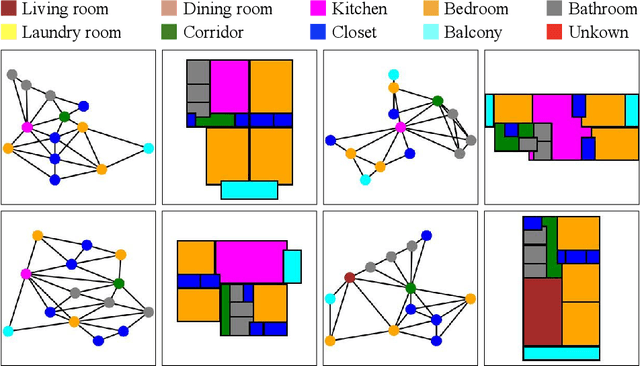
Abstract:This paper proposes a novel graph-constrained generative adversarial network, whose generator and discriminator are built upon relational architecture. The main idea is to encode the constraint into the graph structure of its relational networks. We have demonstrated the proposed architecture for a new house layout generation problem, whose task is to take an architectural constraint as a graph (i.e., the number and types of rooms with their spatial adjacency) and produce a set of axis-aligned bounding boxes of rooms. We measure the quality of generated house layouts with the three metrics: the realism, the diversity, and the compatibility with the input graph constraint. Our qualitative and quantitative evaluations over 117,000 real floorplan images demonstrate that the proposed approach outperforms existing methods and baselines. We will publicly share all our code and data.
 Add to Chrome
Add to Chrome Add to Firefox
Add to Firefox Add to Edge
Add to Edge